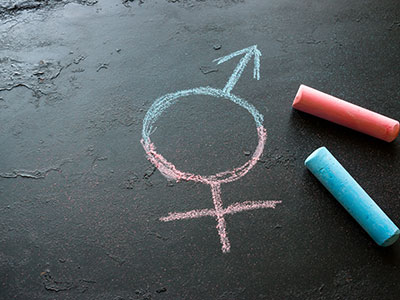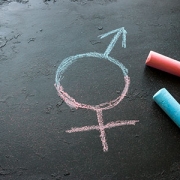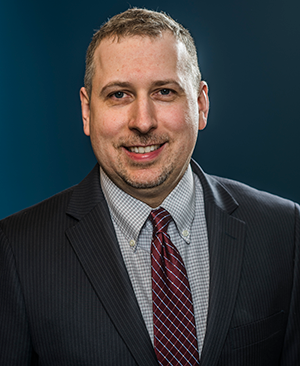New study looks at potential predictors of mental health in transgender adolescents

Autism and autism-related traits, common in transgender populations, are associated with greater mental health burden in transgender adolescents, according to a new study published in the Journal of Clinical Child and Adolescent Psychology.
Autism and autism-related traits, common in transgender populations, are associated with greater mental health burden in transgender adolescents, according to a new study published in the Journal of Clinical Child and Adolescent Psychology.
The study, led by John Strang, Psy.D., director of the Gender and Autism Program (GAP) at Children’s National Hospital, found that autistic transgender adolescents experienced significantly greater emotional distress compared to both autistic cisgender and non-autistic transgender adolescents.
The research team notes that given the mental health risks transgender youth often face, characterization of attributes that predispose certain gender-diverse youth to mental health challenges may be useful in clinical settings. For example, this information may be helpful in screening transgender young people to identify those who may benefit from specific supports, such as accommodations for organization and planning skills (executive function skills) which are needed to navigate the multiple steps of gender transition.
“To date, the primary focus of transgender youth mental health research has been environmental drivers of wellbeing and distress. Specifically, rejection and stigma are established predictors of poorer mental health in transgender adolescents,” Dr. Strang said. “This current study takes a new direction by examining cognitive and neurodevelopmental factors as additional potential predictors of emotional distress in transgender youth.”
In addition to well-established LGBT stigma-related predictors of transgender youth mental health challenges, this study found cognitive and autism-related factors associated with increased transgender youth distress. Specifically, problems with executive function and the impact of executive function problems on a young person navigating their gender transition were associated with greater suicidality. Social symptoms of autism and executive function problems impacting gender transition were associated with greater emotional internalizing symptoms.
More than 90 adolescents ages 13 through 21 were part of the study. Participants were evenly divided between autistic-transgender, autistic-cisgender and non-autistic-transgender groups. Thirteen transgender adolescents were found to be at the margin of autism spectrum disorder (ASD) diagnosis and included within a larger “broad-ASD” grouping for analyses. To evaluate the groups psychologically and neuropsychologically, the study included comprehensive gold-standard assessment of autism and autistic symptoms for all participants as well as evaluation of mental health, IQ, gender dysphoria, LGBT-related perceived stigma, executive function planning skills, and executive function-related barriers to achieving gender transition.
Children’s National GAP is the first clinical and research initiative founded to address the needs of the many transgender youth who are autistic, or more broadly, neurodiverse. Findings from this current study and the growing body of research on co-occurring autism and gender diversity help inform the GAP’s evaluation and support programs for neurodiverse gender diverse youth.







